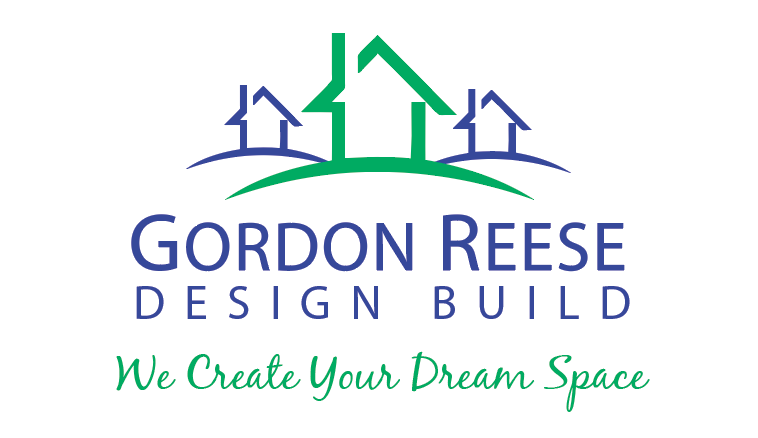The kitchen is the heart of the home, increasingly becoming the center of cooking, dining, food preparation, and entertaining. When remodeling their kitchen, most homeowners want a workspace that’s durable, versatile, highly functioning, and is as attractive as it is useful. A multipurpose kitchen island fits the bill, with ample room for cooking, eating, socializing, as well as being a shared space for casual weekend brunches or last-minute homework. Here we look at what you need to know when designing and building your dream multipurpose kitchen island.
Contents
1. All the Seating You’d Need
The best way to get your perfect kitchen island design is to start with how you want to use your new kitchen island. For most of us, that means visualizing your family and guests around the kitchen island to see what seating and layout design will work best. Island seating can even replace the dining table for casual meals or pre-dinner drinks.
2. Just the Right Height
Stools are the seating of choice for kitchen islands, simply because they provide space-efficient accommodation, while also tucking neatly beneath benches to maximize floor space. Stools also fit well underneath 36-inch countertops – the perfect height for kitchen work! However, your seating area can be elevated another 6 to 8 inches if desired, adjusting with taller stools to match. If you wish to use regular seats at your island, your bench height will need to drop to a height of roughly 30 inches, which isn’t as useful for using the island for working in the kitchen.
 3. Design Defines Function
3. Design Defines Function
The right design can assist your kitchen workflow, leaving plenty of room for food prep and entertainment; however, the wrong model can lead to crowding and frustration at every corner. Placing seating on the side furthest from the kitchen prevents people from getting in the cook’s way, while the kitchen-side design of the island depends on where you want your stove, oven, and sink to reside. Having appliances located on the island might serve more sense, or just a sink there may serve a greater purpose for your lifestyle instead. Many homeowners prefer the cooking station to be on the island, as it allows the cook to engage with guests while freeing up cabinet space on the wall behind the island, in addition to keeping dirty pots and pans out of the view of the guests.
4. Not Too Big, Not Too Small, Just Right
A kitchen island that’s too small won’t prove itself to be very handy, and could end up blocking access to the kitchen work triangle (considered to be the sink, fridge, and cooktop). Likewise, a kitchen island that’s too large will have tight excess space in the middle of the island taking up necessary kitchen square footage. One of the strengths of professional kitchen island design is achieving that ideal kitchen island size for the space of your home.
5. Plan Around Appliances
You will need expert planning for your kitchen island to ensure all your essential appliances will be easily accessible. You need about 42 to 48 inches of aisle space around a kitchen island where an oven door or dishwasher door opens into the aisle. If you don’t have room to make the walkway more comprehensive, 36 inches is a functional ‘minimum’ width to work from.
6. A Design Build Team Makes All the Difference
Creating the perfect multipurpose kitchen island for your home is not easy. It requires precision in planning and design, as well as an eye for style and detail that will eventually leave you with the beautiful space you’ve always been dreaming of. That is why it’s critical to work with a trusted, experienced, and knowledgeable design-build team to transform your kitchen remodel ideas into reality.
>>Modern Hip or Classy Vintage? Stay Up To Date On New Kitchen Trends For 2018 Vs. a Design That is Here to Stay
A multipurpose kitchen island can transform your old kitchen layout and quality into a beautiful, complacent kitchen. Choosing the right design-build team will help you attain the kitchen island you have dreamed of.

Recent Comments